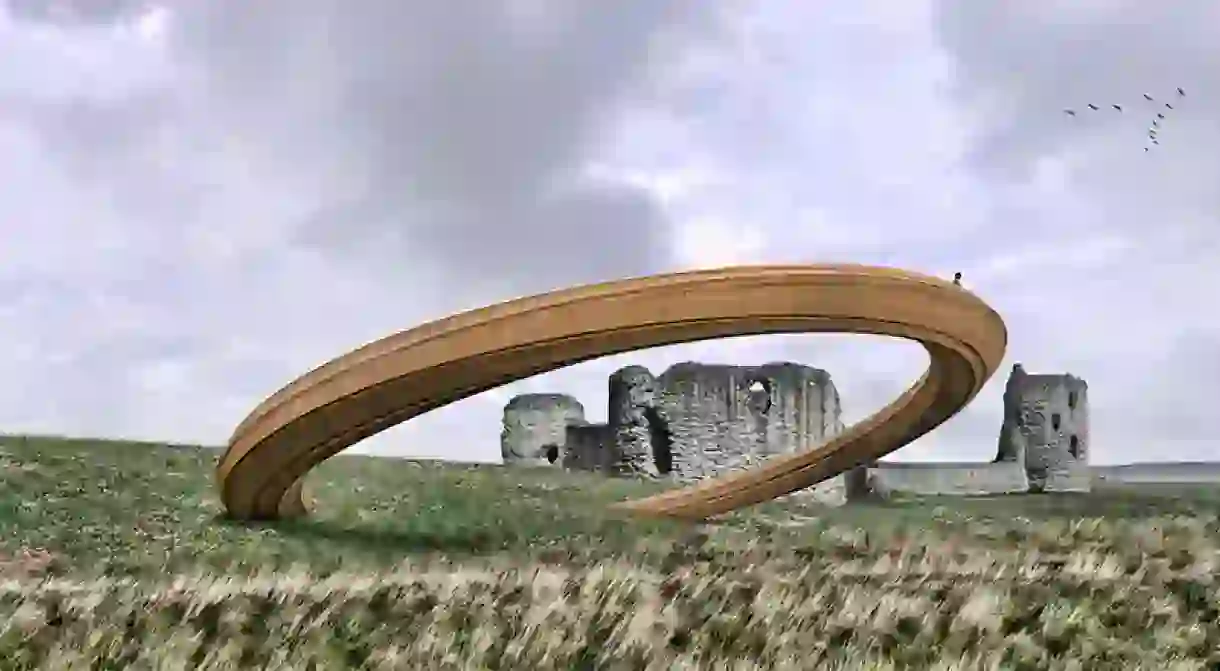This 'GoT'-Style Iron Ring Sculpture Has Offended the Welsh – Here's Why

This striking sculpture may look like something out of a Game of Thrones episode, but in fact it’s been crowned as the winning design to celebrate Wales’ ‘Year of Legends‘ and is part of a large £630,000 project to turn Flint Castle into a tourist attraction.
However, not everyone is happy with George King Architects’ (GKA) design, which was selected by the Welsh Government and the Arts Council for Wales. A petition was created within hours of the announcement, claiming that the symbolic sculpture is a “distasteful artwork” and “extremely disrespectful to the people of Wales.”

The petition reads: ‘We the undersigned oppose the building of the Iron Ring outside of Flint Castle as we are well aware of the historical significance of Edward I and his so-called Iron Ring as a use to subjugate and oppress our people.’
‘We find this extremely disrespectful to the people of Wales and our ancestors who have battled oppression, subjugation and injustice for hundreds of years.’
‘We ask that you please rethink the decision to build this monument and use the money elsewhere.’

The 30 metre-diameter ring, which appears to teeter on the edge of the Dee Estuary, was supposed to symbolise a huge rusting crown that represents the relationship between Europe’s medieval monarchies and their castles, but many see it as a symbol of Wales’ oppression instead.
Flint Castle is famous for being the very spot where Richard II gave up the crown to Henry IV, which was a historical event that shaped Britain‘s history – and indeed Europe’s – forever.

Ken Skates AM says: ‘In its prime, Flint Castle played a pivotal role in not only shaping the future of Wales but that of the UK and Europe. The Iron Ring sculpture is a perfect way of marking this significance while attracting more people to visit the site, bringing positive economic benefits to the area.’
When it’s complete in 2018, the new Corten steel landmark will also serve as a cleverly cantilevered bridge – the ring is hollowed out to provide a path that visitors can use to walk around the sculpture, with a quote from Shakespeare‘s Richard II play inscribed along one side of the walkway.

To find out more about the project, click here.













